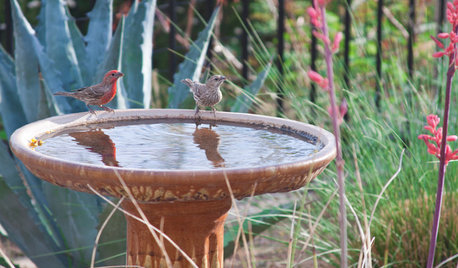When I first collected my red wigglers from a neighbor's leaf compost bin they were less than two inches long and a dark red color. Today the mature worms are typically twice that size, and more of a pinkish cream color, especially in the outdoor manure compost bins, where I have seen some nearly three times the size of the original strain.
When I till the garden in the spring, the holes where I deposited worms from my compost bins have some of these worms which survived our harsh winter and they have reverted back to the dark red color and smaller size.
And, occasionally I find some in the bins which are a light pink color which my fish love.
Since there are no indigenous worms in my garden, I am certain all these worms are from the same original strain.
I have always been curious about this phenomenon, but have never seen anything written on the subject.
Have any of you noticed a change in color or size from your original strain, and what is your take on this?







PeterK2
equinoxequinox
Related Professionals
New Mexico Landscape Architects & Landscape Designers · Stoughton Landscape Contractors · Matthews Landscape Contractors · Azalea Park Landscape Contractors · Braintree Landscape Contractors · Melrose Landscape Contractors · Pacifica Landscape Contractors · Parkland Landscape Contractors · White Bear Lake Landscape Contractors · Silver Firs Landscape Contractors · Acushnet Stone, Pavers & Concrete · Elgin General Contractors · Fort Salonga General Contractors · Livermore General Contractors · Winfield General Contractorsequinoxequinox